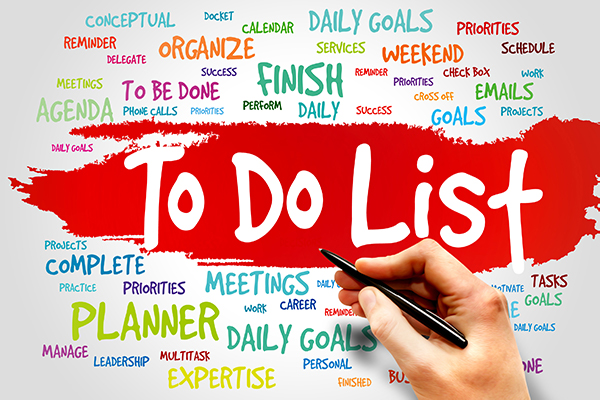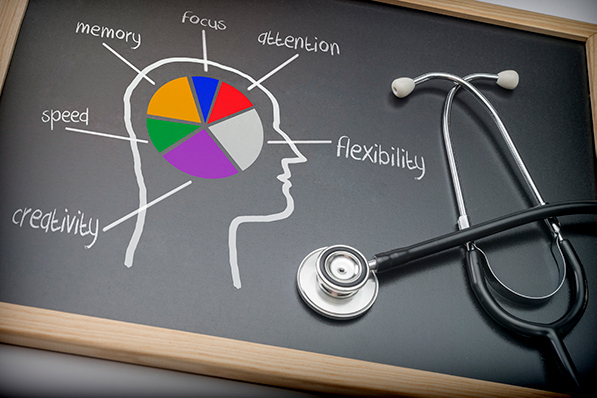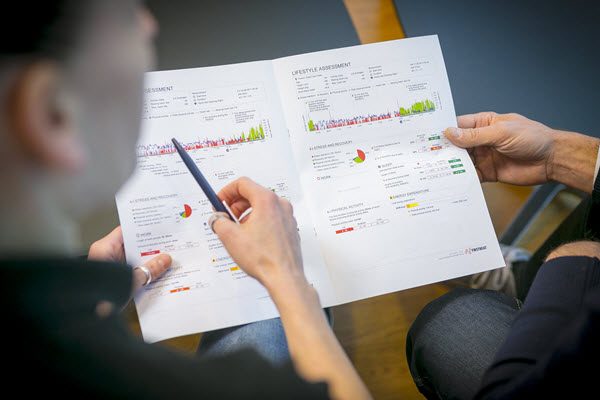We went into a protective COVID-19 lockdown, then came out. We had a mostly glorious summer. Then, schools, colleges and universities went back to having students in classrooms with people standing in front of them teaching (who’d have thought this would ever be a surprising thing?). There were some real challenges in universities initially, but things even there are heading back towards ‘normal’. Even if you have no direct connection to people starting back to full-time education, you may be impacted by the slow creep of our old normality re-establishing itself, even if we have to wear face coverings whenever we’re close to others. Now we’re back into a lockdown.
Near the start of the lockdown version 1, my monthly newsletter mentioned how we might be adapting to the new normal… and then we started to go back to our old normal, and now a slightly new normal. The signs look good for a 2021 COVID-19 vaccine (e.g. see The Conversation here), so things are likely to swing back, but this is a time of testing. So what have you learned about yourself?
Shakespeare’s Hamlet includes the phrase, “There is nothing good or bad, only thinking makes it so.” I dislike this quote because we could read it as blame – if you’re suffering, it’s your own fault – a mostly unhelpful perspective in my view. Some of us are dealing with higher vulnerability, perhaps with the loss of loved ones, financial or relationship challenges and many other issues caused by a situation that we couldn’t reasonably predict.
But, it also represents an element of hope. How we feel doesn’t have to be the whole story. Psychological flexibility is a key aspect of resilience. If we’re flexible, we’re more likely to see options and opportunities. Unfortunately, unpleasant emotion – anger, fear, frustration, sadness and so on – tend to take away flexibility. They can cause us to narrow our attention to the object of our emotion.
My own experience of homeschooling my eleven-year-old son during the first lockdown is a good example for me. Math’s was a real challenge. I would get frustrated, he would get frustrated – and in that frustration, we would close down, lose flexibility. I couldn’t see another way! Explaining something in a slightly louder higher-pitched voice, for some reason didn’t help.
Eventually, I would take a break. Slowly, alternative ways of describing a problem or ways of dealing with the situation would creep in. Over the weeks, I learned a lot – yes, about my son, and about angles in triangles (it’s been a long time), but I also learned how to spot and manage my and my sons rising frustration before it took away our flexibility.
I learned to be aware of the rising frustration and work with it through mindfulness, which itself is a learnable skill that has been invaluable in my own life. I’m sure that you have been through change, and with that change have developed. In what ways have you developed that will help you deal constructively with future challenge and adversity?
There’s nothing quite like real life for learning lessons – but it also requires an openness to learning. William B. Urvine’s book, The Stoic Challenge, describes seeing challenges as tests of your ability to get through something while maintaining creative control of your choices [that’s my summary] – which is one way of maintaining a creative and realistic outlook.
Perhaps you feel like you know yourself a little better, know when to take a break, or when to speak openly with friends or others who will support you. How the amount of sleep you have impacted you for better or worse; how to mentally stand-back, maybe taking a few breaths to gain some perspective rather than ploughing into an argument? Maybe you’ve learned how much impact your environment has on how you think and operate? Perhaps you’re a little more open to change, able to adapt more flexibly?
Reflect, and see how the challenges of recent times have helped you develop.








 Firstbeat is the leading provider of physiological analytics for sports and well-being. They are able to transform heartbeat data into personalized information on exercise, stress and recovery. Reach Remarkable have partnered with Firstbeat in order to provide the
Firstbeat is the leading provider of physiological analytics for sports and well-being. They are able to transform heartbeat data into personalized information on exercise, stress and recovery. Reach Remarkable have partnered with Firstbeat in order to provide the 


